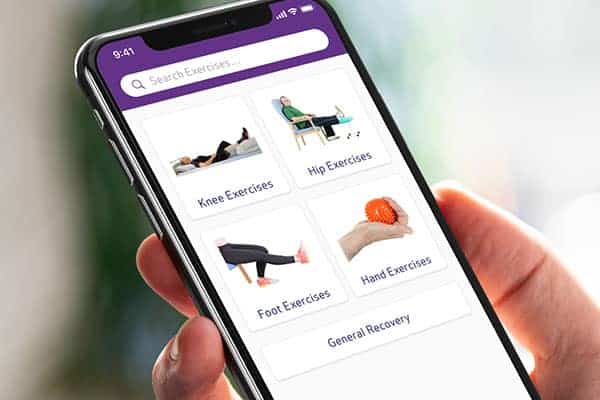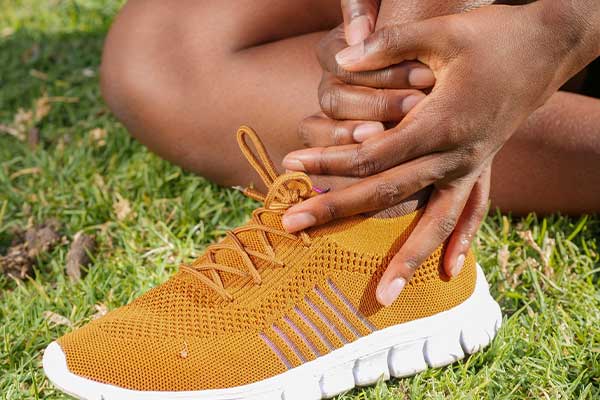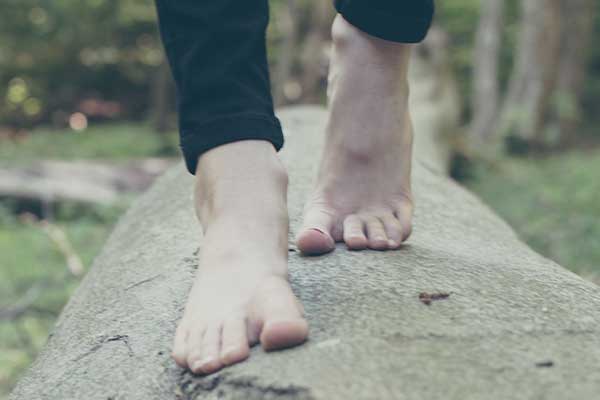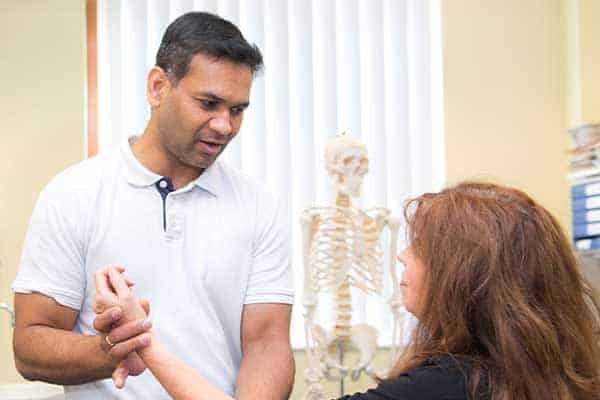What is Achilles tendon pain?
Tendons are strong bands of tissue that connect muscles to bones.
Located on the back of your ankle, your Achilles tendon connects your calf muscles to the heel bone and helps to propel you forward when you are walking or running.
Damage to this tendon can lead to pain, stiffness and swelling, usually in the area just above the heel.
What causes Achilles tendon pain?
Pain relating to the Achilles tendon is most commonly the result of a type of injury called Achilles tendinopathy or tendinosis, where the fibres of the tendon get disorganised and may develop small tears.
In a smaller number of cases, your pain may be the result of a bigger tear or rupture to the tendon.
These types of injuries are typically caused when the tendon is overloaded. This can happens when you begin a new sport or activity that requires more strenuous running or jumping.
You may also be at greater risk of Achilles tendon injuries if you are a middle-aged male, if you have Type 1 or Type 2 diabetes, if you smoke, if you have a high body mass index (BMI), or if you have a diet that is high in fat.
What are the symptoms of Achilles tendon pain?
For most people with Achilles tendinopathy:
- You experience increasing pain, usually at the back of your leg or heel.
- The pain may be worse first thing in the morning, or after exercise.
- You experience stiffness in the tendon, particularly if you have been sitting still.
- The stiffness may ease once you have started moving again.
- Your Achilles tendon is tender to the touch.
For some people:
- You experience swelling at the back of your ankle.
- You hear/feel a grating or creaking when you move your ankle.
If you experience sudden pain in your heel or calf when overloading your tendon, if you hear/feel it ‘rip’, ‘snap’ or ‘pop’, and if this is followed by swelling and bruising, it may be a rupture.
How is Achilles tendon pain diagnosed?
Your GP or physiotherapist may diagnose Achilles tendinopathy after discussing your symptoms and examining you. They may also ask you about your medical history. In most cases, Achilles tendinopathy can be diagnosed without the need for a scan, but if you have any other condition that might be a contributing factor, you may be referred for a specialist opinion.
If you think you may have an Achilles rupture, it is important to see a doctor immediately in order to get a prompt diagnosis.
There are different grades of rupture.
- Grade 1: A few tendon fibres have been torn. These injuries will generally heal themselves, with appropriate rest and exercise.
- Grade 2: Approximately 50% of the tendon has been torn. As with Grade 1, these injuries should heal with the right treatment, but it may take longer.
- Grade 3: A full rupture of the tendon. Your doctor may advise surgery.
What are the treatment options for Achilles tendon pain?
Depending on the severity of your injury, it may be advisable to begin standing and walking again, as soon as possible, or to avoid putting any weight on your injured heel (for some injuries, your GP may recommend using a cast, insole or removable walking boot to reduce the forces through your tendon).
In all cases, it is important to manage pain and swelling during the first few days, so try to avoid or reduce any exercises or activities that you think aggravated your symptoms.
Put an ice pack on the painful area for 15 minutes, four times a day, to relieve pain. (Do not put ice directly next to skin as it may cause ice burn. Wrap it in a damp tea towel. Also, do not lie on the ice. Remove the pack if irritation increases. Allow the area to return to normal temperature before reapplying the ice.) It may also help to massage the tendon with ice for five minutes, 2-3 times a day.
Compress your ankle and heel with a tubular bandage or neoprene support. This can help to relieve pain and reduce swelling. It should feel tight, but not so tight so that you cannot feel your foot. You could also tape your Achilles tendon with kinesiology tape.
As often as possible, use pillows or cushions to elevate your foot above the level of your heart. This can also help to relieve pain and reduce swelling.
Once the pain and swelling start to improve, you should consider exercises to help your tendon and muscles regain their strength. These should be light to start with, such as stretching and moving your heel, gradually progressing to weight-bearing, balance and strengthening exercises (depending on the severity of your injury). With most Achilles tendon injuries, it is OK to feel moderate discomfort during your rehabilitation programme. However, try to avoid uphill and downhill running until the pain has gone.
What is the prognosis (outlook) for Achilles tendon pain?
Recovering from an Achilles tendon injury can take up to six months, depending on how severe it is and how effective your rehabilitation programme.
A ruptured tendon may take several months to heal and you may be unable to resume training or to play sport during this time. If your injury has been particularly severe, surgery or other interventions may be necessary.
How can I prevent recurrence of Achilles tendon pain?
There are several things you can do to help prevent the return of Achilles tendinopathy.
Only increase the intensity of any exercise, or the length of time you perform it, gradually. Always warm up your muscles before exercise and cool down afterwards. Also try to avoid or limit any repetitive actions that overload your tendon.
Look at your walking, running or other sporting techniques to see if they can be improved. Make sure you wear appropriate footwear for the activity you are doing. A physiotherapist or podiatrist may recommend using inserts in each shoe to help with your foot shape.
If you are overweight, consider losing weight to reduce the strain on your Achilles tendon.

Pocket Physio | Download now
Search for ‘Pocket Physio’ on the Apple App Store for iOS and the Google Play Store for Android to download for free.




